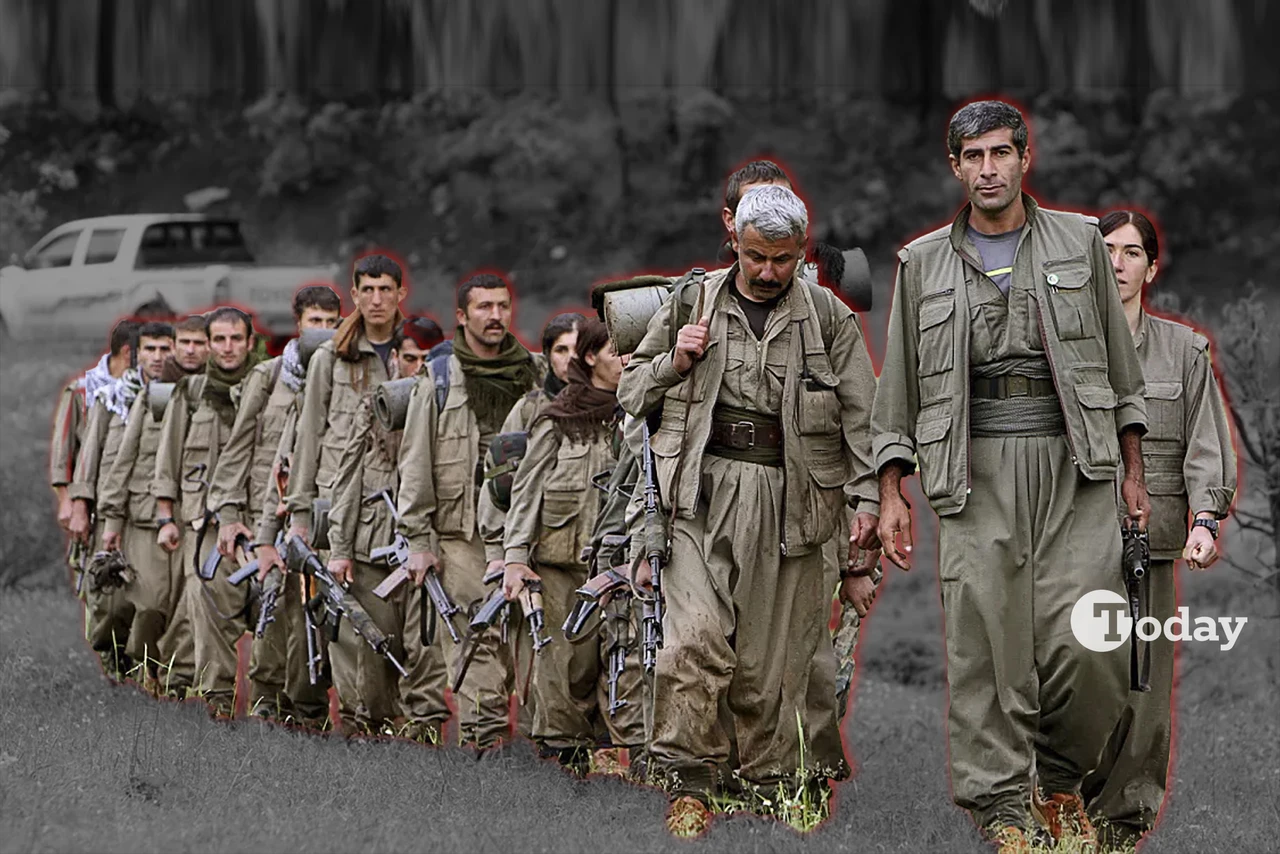What does Israel aim to achieve with archaeological excavations in the Middle East?
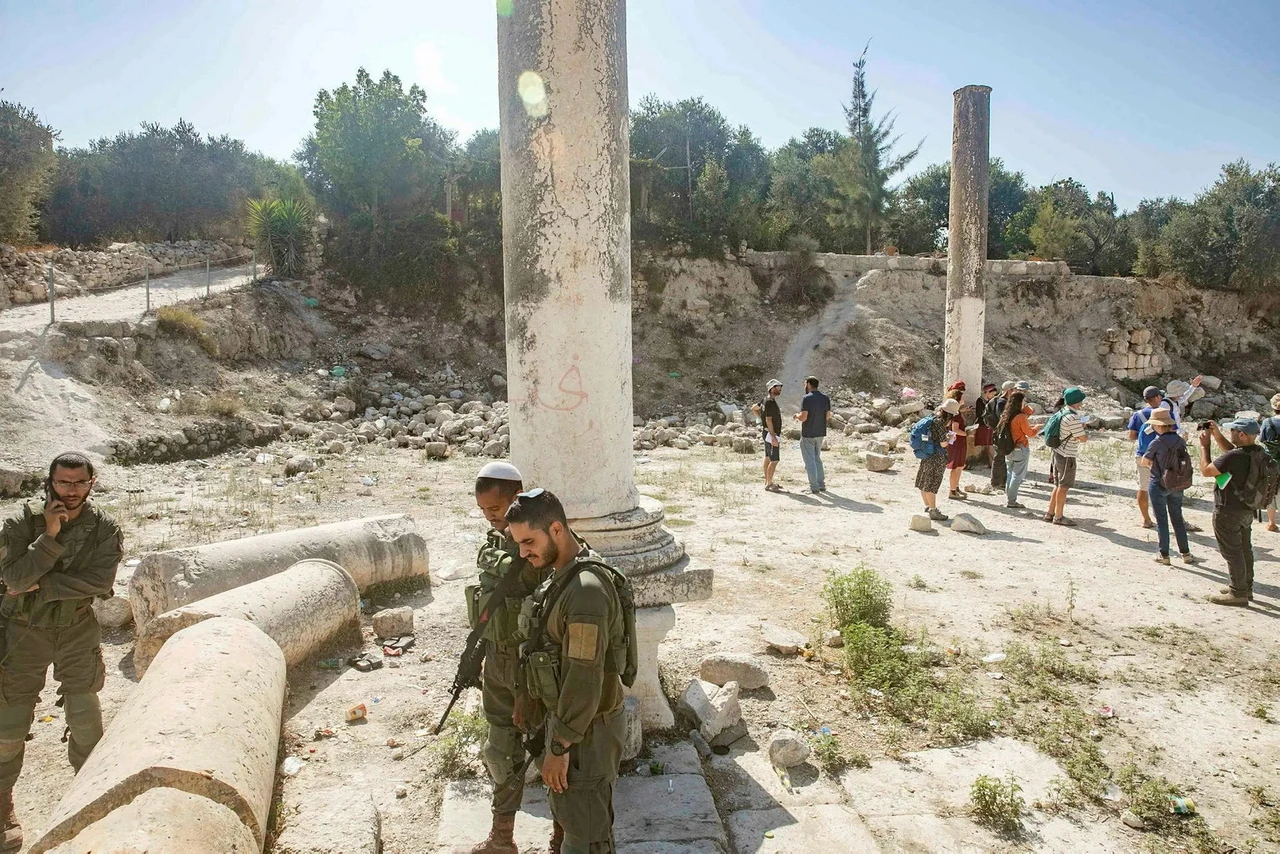 Israeli soldiers walk around the Sebastia archaeological site in the Palestinian West Bank, May 7, 2023 (Photo by Haaretz)
Israeli soldiers walk around the Sebastia archaeological site in the Palestinian West Bank, May 7, 2023 (Photo by Haaretz)
In June 2023, following excavations by Israeli archaeologist Adam Zertal on Mount Ebal, east of Nablus, in 1967, settlers and the Israeli Ministry of Defense initiated a new excavation campaign under the name “We are making history.” What is Israel trying to achieve with these excavations? What is the history of these digs, and who is financing them?
The excavations, first started in 1967 by Israeli archaeologist Adam Zertal, claimed that the site on Mount Ebal was the altar of the military commander Joshua bin Nun during the Israelites’ entry into Palestine. In a July 2023 report by Independent Arabic, it was stated that the area, covering approximately 37,000 square meters and consisting of massive stones, was known in the past as a pagan altar where offerings were made to Canaanite gods. Recently, the site has been targeted by the Israeli Ministry of Defense and settlers.
The Palestinian Ministry of Tourism and Antiquities claims that the ongoing work represents an assault on Palestinian heritage and a violation of international agreements aimed at prohibiting the illegal import, export, and transfer of ownership of cultural assets.
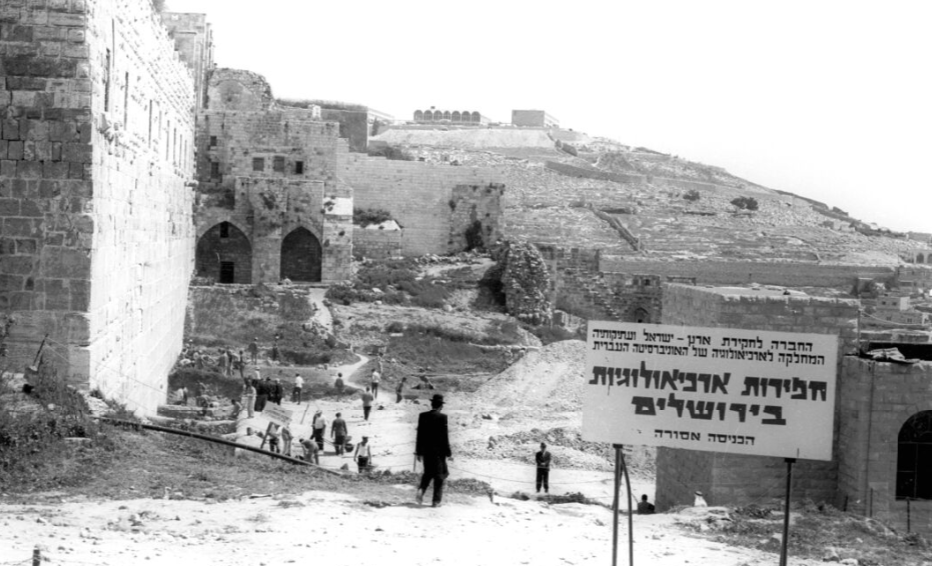
Distortion of facts
The area, first excavated in 1967 and recently reopened for excavation, dates back to long before Judaism emerged and contains a pagan Canaanite altar. The Palestinian Ministry of Tourism and Antiquities also states that the Palestinian people have existed since the Stone Age, and during these times, concepts of gods developed, leading to the adoption of Judaism, Christianity, and later Islam. Furthermore, the ministry explained in a recent statement that Israel has ambitions throughout the West Bank, and the issue has nothing to do with history or religion.
These excavations, which began with the aim of “Judaizing” the area before its military takeover, are part of a broader movement. We spoke with archaeologist academic Assoc. Prof. Tuna Akcay, who is working on “Archaeological Intelligence and Diplomacy,” to discuss these matters for our readers at Türkiye Today.

When did foreign missionary activities begin in Jerusalem and its surroundings?
Jerusalem underwent profound changes in the second half of the 19th century in political, administrative, economic, cultural, and demographic areas. During this period, coastal cities such as Jaffa, Haifa, Alexandria, and Beirut flourished through trade, while the mountainous inland cities declined.
From 1831, under Egyptian rule, the Ottoman Empire began adopting a new policy to protect Jerusalem from foreign interventions.
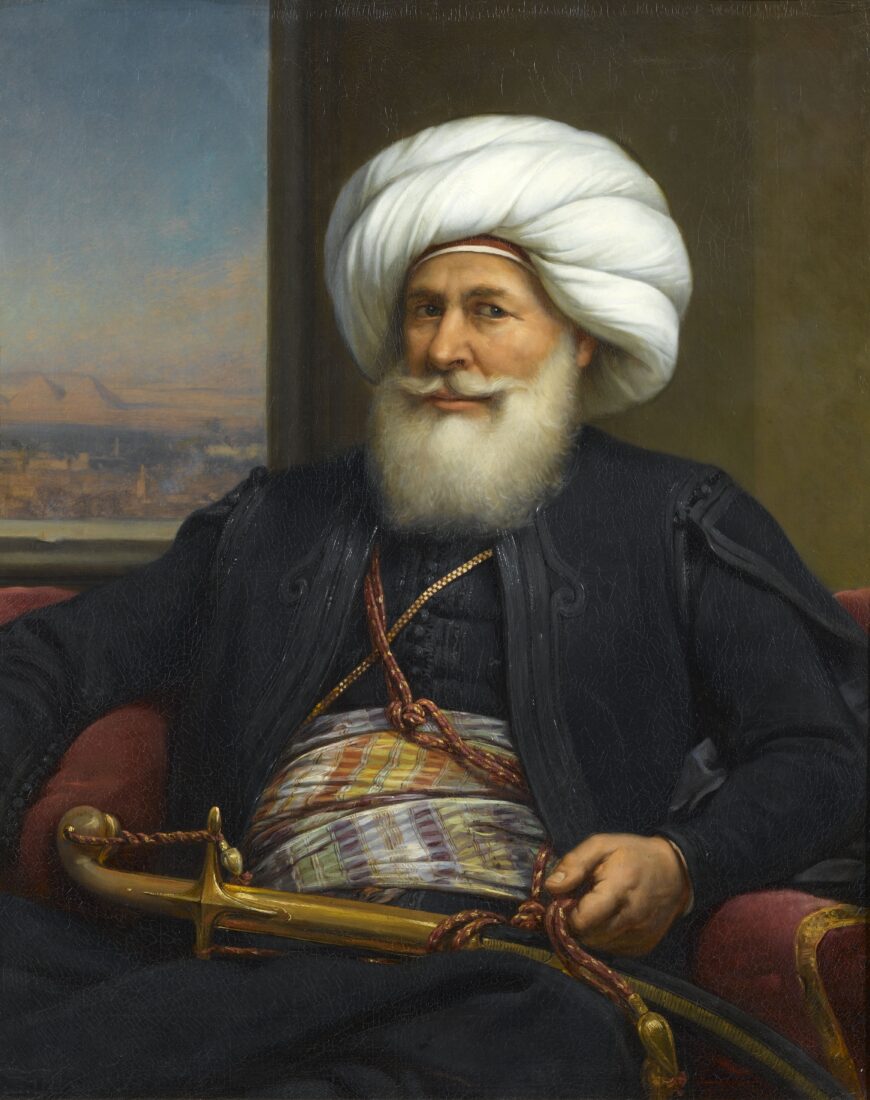
However, Muhammad Ali Pasha and his son Ibrahim allowed European consulates and Christian missionary institutions to operate in Jerusalem as an alternative policy to the Ottomans. When the Ottomans regained control of the region in 1840, they did not revoke these rights and had to adopt a new policy against the imperialist powers that increased European influence.
The first consulate established in Jerusalem was the British Consulate in 1838. It was followed by Prussian (1842), Sardinian (1843), French (1843), Austrian (1847), Spanish (1854), American (1856), and Russian (1857) consulates.
The establishment of the Protestant Episcopate in 1841 through the Anglo-Prussian partnership, the re-establishment of the Latin Patriarchate in 1847, and the arrival of the Russian Bishop in 1858 marked the peak of missionary activities.
According to Assoc. Prof. Tuna Akcay, “During the period of Muhammad Ali Pasha’s rule, European states, as part of an initiative to grant Jerusalem an international status, attempted to establish a Christian presence in Jerusalem that was separate from the Ottoman Empire and under European dominance, with its own autonomous administration. However, these efforts were thwarted by the Ottomans’ return to Jerusalem and the declaration of Tanzimat and Islahat policies in the Syrian provinces. Nonetheless, these unsuccessful attempts sowed the seeds for future developments and revealed their intentions.”
The French, with the support of the Theological Studies Institute established in Paris in 1892, founded the Torah School in Jerusalem. Additionally, the French Archaeological School was established in Jerusalem in 1920, conducting numerous archaeological studies.
Regarding Germany, the German Palestine Research Association (Deutscher Verein zur Erforschung Palästinas) was established in Leipzig in 1877. It published a journal called “Zeitschrift des Deutschen Palastina-Vereins” and produced a bulletin on its own archaeological activities, including the Madaba map and the East Jordan map, which were significant scientific and intelligence achievements.

The British Palestine Exploration Fund was established in London in 1865, marking the beginning of systematic exploration activities in Palestine. The leader of this fund was the Archbishop of York. Although his goals were primarily religious and scientific, the fund’s objectives included colonialism and intelligence activities. This organization played a significant role in the exploitation of Palestine by the British and in preparing the ground for the Zionist occupation. The fund financed archaeological research and exploration activities in many regions, including Palestine, East Jordan, and the Wadi Nakib and Arabe areas, supporting intelligence agents such as Conder, Lawrence, and Catchen.
Following the establishment of the Palestine Exploration Fund in London in 1865, its honorary secretary, George Grove, assigned Captain Charles Warren the task of managing excavations in Jerusalem, particularly in the Al-Aqsa Mosque area. Warren’s excavations laid the groundwork for later and even current archaeological work in the same area. The Israel Antiquities Authority continues to conduct excavations at the sites where Warren began his work over a century and a half ago.
American activities in Jerusalem were represented by several organizations. The American School of Oriental Research in Jerusalem was established in 1900. Various institutions such as the University of Chicago’s Oriental Institute, the Philadelphia University Museum, the Pittsburgh-Xenia Theological School, the Pacific School of Religion-Palestine Institute Berkeley-California, Herford College, Harvard University, Chicago Theological School, and the American School of Prehistoric Research conducted significant archaeological work in the region. Additionally, in 1870, the American Palestine Exploration Society was established, modeled after the British Palestine Exploration Fund.
Furthermore, Denmark and Austria also arrived in the region to conduct various explorations.
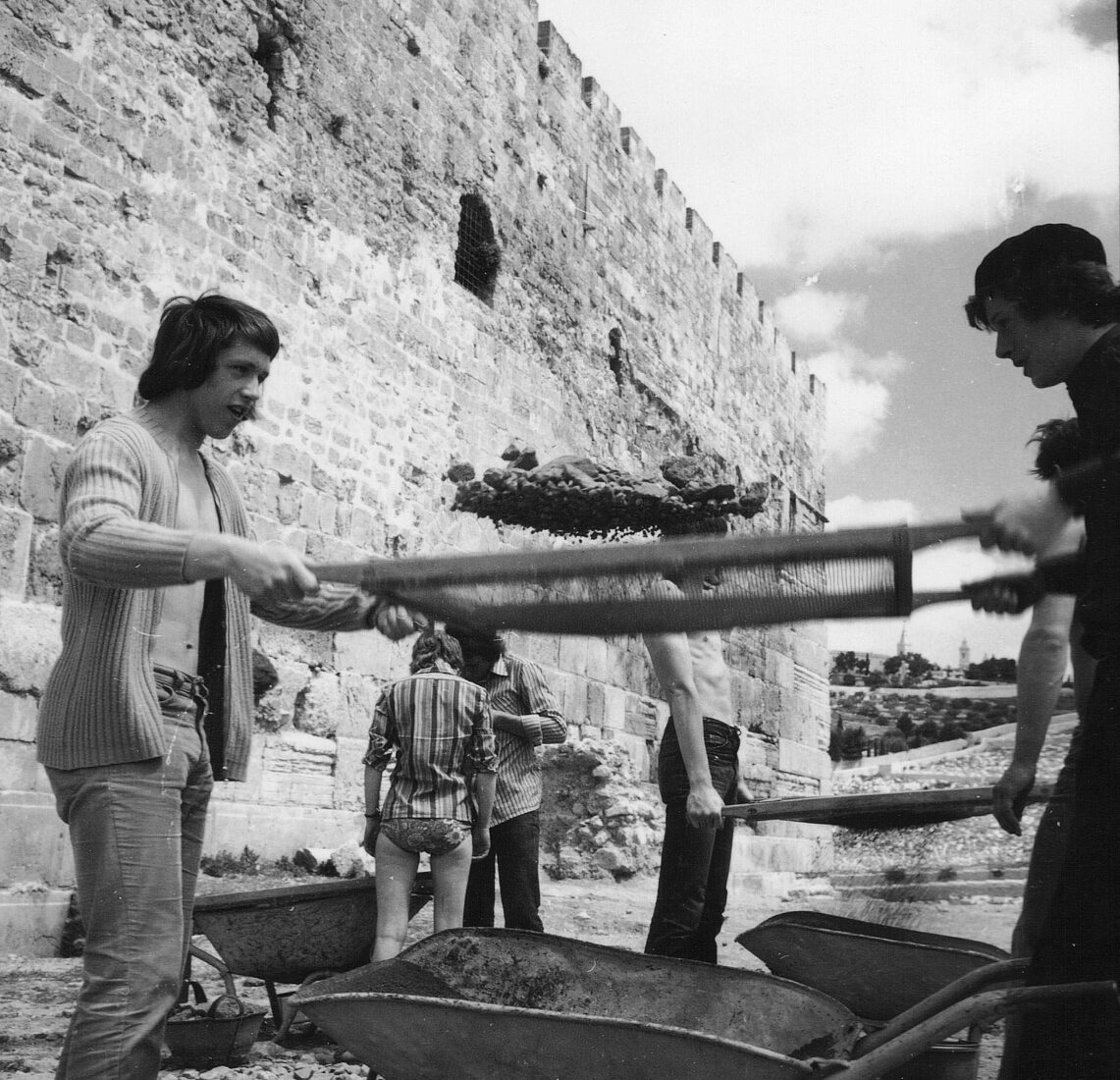
When and how did archaeological excavations begin?
Currently, many archaeological excavations in Palestine and its surroundings are conducted in collaboration with the Torah Research Association and the American Evangelical Research Institute, which aims to prove Jewish presence in Palestine.
The Palestinian Ministry of Tourism and Antiquities claims that Israel’s excavation activities are “carried out with settler objectives and Torah agendas, with the purpose of seizing Palestinian land, erasing, destroying, and obscuring existing realities.”
Many Europeans have engaged in archaeological exploration in the eastern Muslim lands in general and in the sacred lands of Palestine in particular. The beginnings of these efforts date back to the late 13th century, when the Crusaders’ presence in the East came to an end. The Crusaders brought their observations, impressions, narratives, and dreams of the holy lands to Europe, laying the foundations for a rich European literature on the holy lands that became increasingly popular in Europe from the 14th century onward.
Assoc. Prof. Tuna Akcay notes that until the mid-19th century, no archaeological surveys or excavation activities took place in the region. Following the political and administrative transformations of Palestine in the second half of the 19th century and the increased influence of Europe in the region, Palestine, especially Jerusalem and its surroundings, witnessed an intense competition among Western countries to conduct archaeological research.
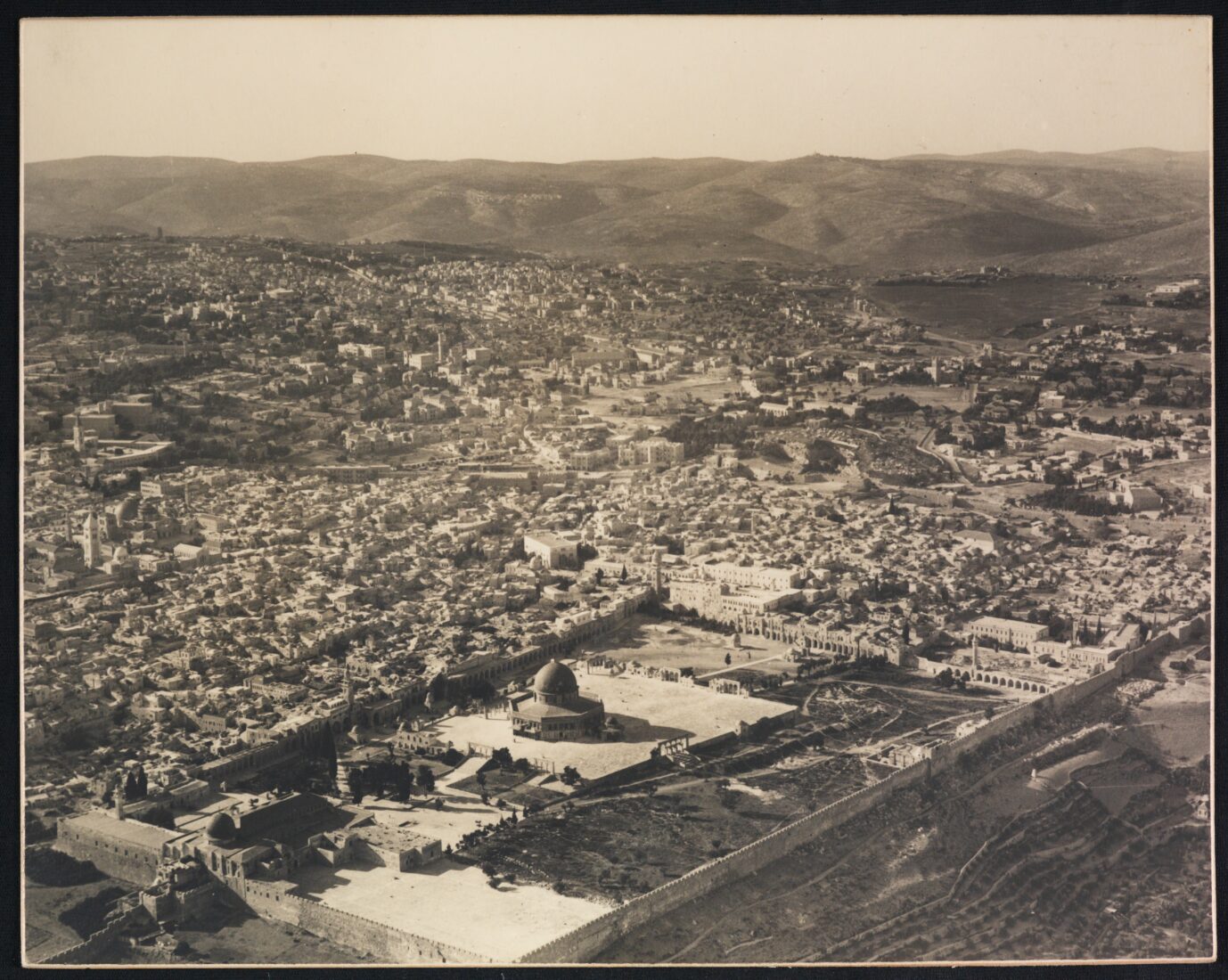
There are many reasons and objectives that have motivated researchers and archaeologists from different countries and the supporting organizations of these initiatives. Akcay points out that among these objectives, religious purposes are particularly prominent. Despite the secular transformation Europe experienced during the Renaissance, Christianity continued to be a fundamental factor shaping European culture in the modern age. Palestine, in turn, is the land that witnessed the life of Jesus, the prophet of Christian communities worldwide.
Jesus traveled to these three places during his life, and the portrayal of the topography and physical features of Jerusalem during his time is one of the primary goals of archaeological excavation efforts. Akcay emphasizes that Palestine is also the place where many divine messages were revealed in human history, with numerous prophets whose stories are told in the Torah, the Bible, and other religious texts having lived here.
Akcay states, “For this reason, archaeological excavations and discoveries in Palestine represent reaching the original cultural sources for Westerners.”
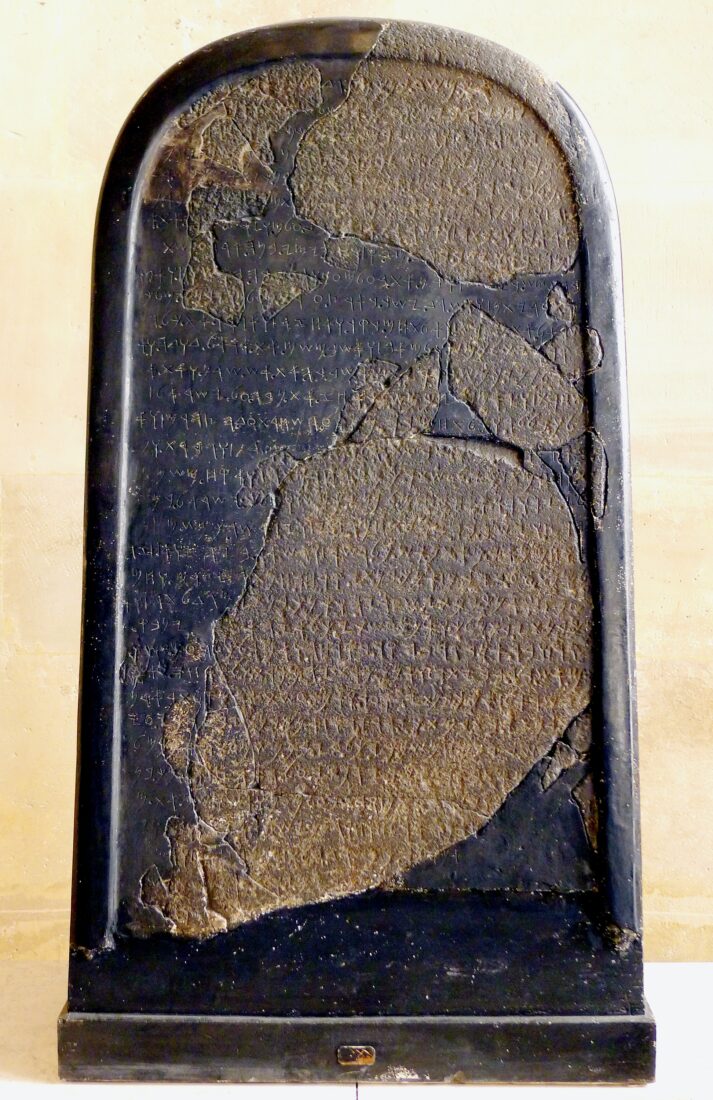
What does the Bible represent in Middle Eastern archaeology?
Assoc. Prof. Tuna Akcay explains that when examining the goals of early excavators, it becomes clear that their aim was to validate accounts in the Bible and to provide a clearer and more detailed understanding of Jesus’s life in the Holy Land for Christians worldwide.
Akcay notes, “To achieve this, the early excavators engaged in intensive excavation activities around the walls of Jerusalem and nearby areas to understand and examine the geographical layout and topography of ancient Jerusalem. They also attempted to conduct archaeological digs within the walls of Jerusalem and in the Haram al-Sharif area, often succeeding despite official prohibitions by Ottoman local authorities.”
Although archaeologists do not view this field as a validation method, religiously-based states such as Israel treat this data as a religious and scientific reference. In the modern world, this field was previously known as “Biblical archaeology,” however, while some scholars prefer to keep the name “Biblical archaeology,” others argue that it reflects a Protestant perspective. Many scholars have proposed more scientific or politically neutral names for this field, but the term “Biblical archaeology” is more widely accepted, although different names are still used in the West. Archaeological studies of the Bible, which began in the late 18th century, gained momentum particularly in the 19th and 20th centuries, with Jewish archaeologists also contributing to its development as a discipline.
Western imperialist countries, particularly the United States, Germany, England, and France, have shown significant interest in this field. Evolutionary views of the late 19th century and the Creationist perspectives on human origins accelerated “Biblical archaeology” studies.
This field provides enlightening information not only on Old Testament topics but also on matters related to the New Testament. For example, the discovery of the 52nd Rylands Papyrus increased evidence regarding the dating of the Gospel of John, suggesting AD 100 as its date of composition.
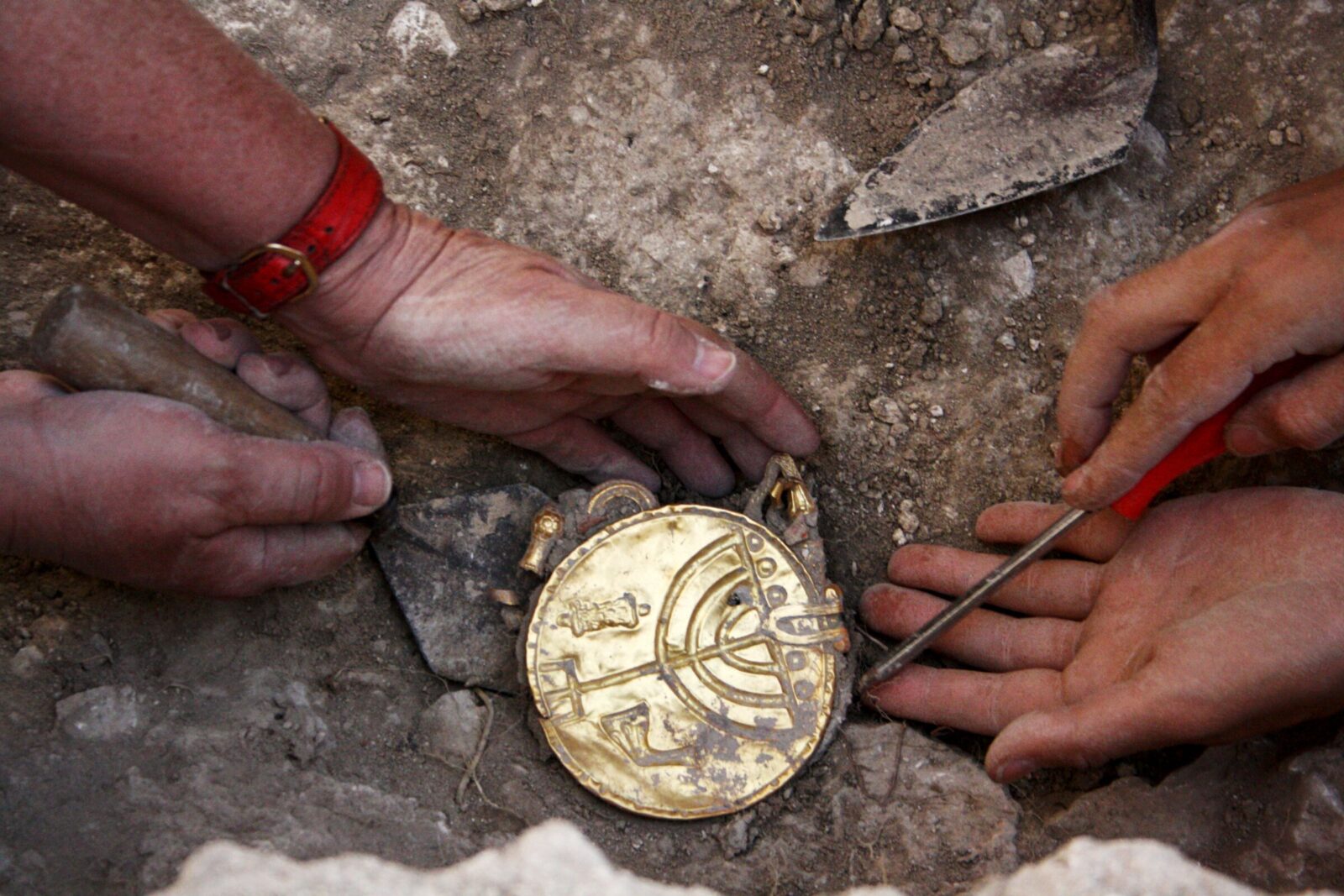
Religion, politics, and science together: Israel’s national identity efforts
Since the primary aim of Biblical archaeology is to understand the historical connections of the Old and New Testaments, political motives have also become prominent. In the early periods of this discipline, it was notably used to construct an ideology and state policy.
Akcay emphasizes, “After World War I, it is particularly important to highlight that these studies were considered in the division of Jerusalem. During times when Israel was trying to form a national identity, the use of archaeological data to support its claims to land and its prominence in the discourse shows the significance of past archaeology within the framework of intelligence and diplomacy.”
Modern archaeological methods have frequently been used in excavations conducted in the region, contributing to Israel’s progress towards statehood from a political perspective.
Research extends beyond Palestine and its surroundings
The archaeological methodologies used by archaeologists reveal a wealth of information about the region. Techniques such as surface surveys, magnetic gradiometry for iron density analysis, ground-penetrating radar, electrical resistance measurements, and satellite photography allow for systematic analysis of large areas. Archaeometric analysis of excavation materials, and methods such as DNA analysis for studying origins, are intelligence-gathering techniques beneficial to a newly emerging state asserting claims in the region.
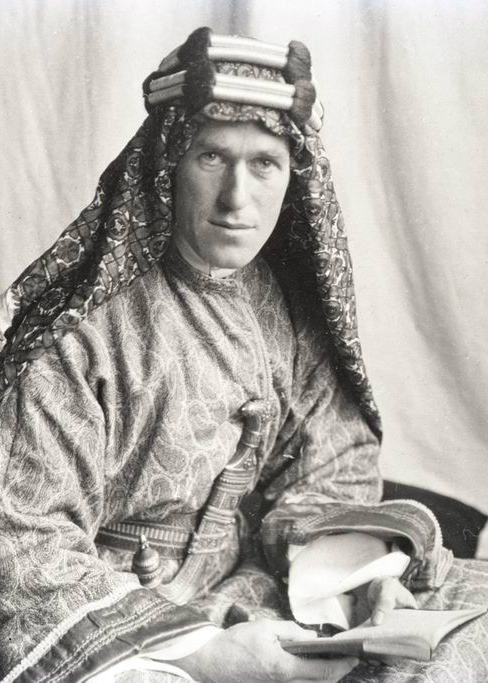
Considering that Biblical archaeology focuses on locations mentioned in the Old and New Testaments, the initial study areas were determined to be ancient cities in countries such as Türkiye, Syria, Egypt, Iraq, Iran, Jordan, Israel, and Palestine. These regions have been excavated primarily by American, British, and French archaeologists since the 18th and 19th centuries. In this context, the excavations conducted by Thomas Edward Lawrence (1888-1935), known as “Lawrence of Arabia,” along with D.G. Hogarth (1862-1927), with whom he worked at the same museum in Oxford, and C. Leonard Woolley (1880-1960), who discovered the city of Ur, in areas such as Jerablus, Karkamish, Damascus, Aqaba, Petra, and Sinai, are noteworthy.
During these excavations, thousands of archaeological artifacts were removed from their places of origin and transported out of these lands to be displayed in Western museums. Akcay notes that this situation is best expressed by British archaeologist Sir Mortimer Wheeler:
Palestine is the place where more sins have been committed in the name of archaeology than any other place on earth.
Laughlin, Archaeology and the Bible, 3
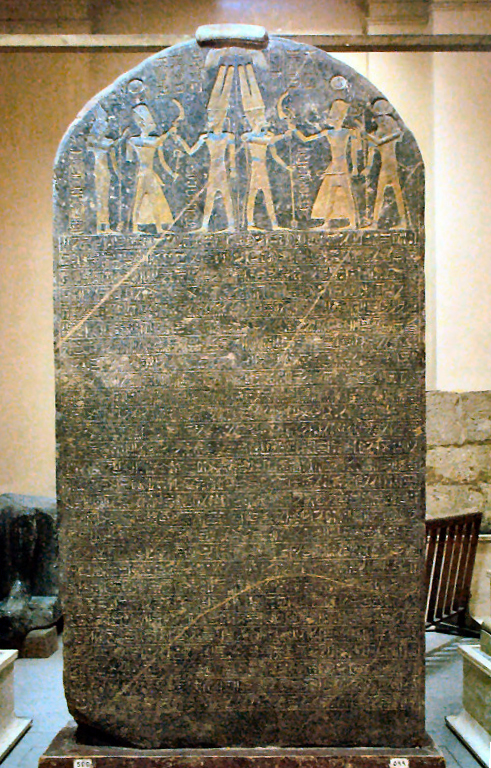
Name “Israel” first appears in which archaeological artifact?
Assoc. Prof. Tuna Akcay answers this question as follows: “The study of Biblical archaeology can be traced back to the discoveries made during Napoleon’s Egyptian campaign. One of the earliest examples is the Rosetta Stone, discovered by Pierre-François Bouchard (1772-1832), which was crucial for deciphering Egyptian hieroglyphs and the names of pharaohs. Later, the ‘Israel Stele,’ discovered by Sir William Matthew Flinders Petrie in 1896 at the temple of Pharaoh Merneptah and dated to 1207 B.C., represents the earliest archaeological evidence of the name ‘Israel’ outside of the Bible.”

The impact of archaeological intelligence is significant
It is noteworthy that European powers, which anticipated the decline of the Ottoman Empire, sought to have a say in territorial divisions by citing ongoing excavations and mapping efforts in the mentioned regions. After World War I, due to the chaotic and sensitive situation in the region, archaeologists became more closely associated with military forces and intelligence agencies.
During World War I, Lawrence, who headed the Palestine Exploration Fund, conducted excavations in southern Palestine, Carchemish, and Syrian territories. Additionally, Nelson Glueck, a student of Albright, worked for the organization known as the Office of Strategic Services (the precursor to the CIA), showing that the discoveries in the region were not purely scientific in nature.
Moreover, it is interesting to note that from 1925 to 1939, the Chicago University Oriental Institute’s excavations at Megiddo received support from the famous Rockefeller family.
Israel’s historical manipulations since its establishment
Since its establishment in 1948, Israel, which has strived to build its past and establish a strong link between its legitimacy and its existence as a religious state, has employed a political archaeological diplomacy strategy.
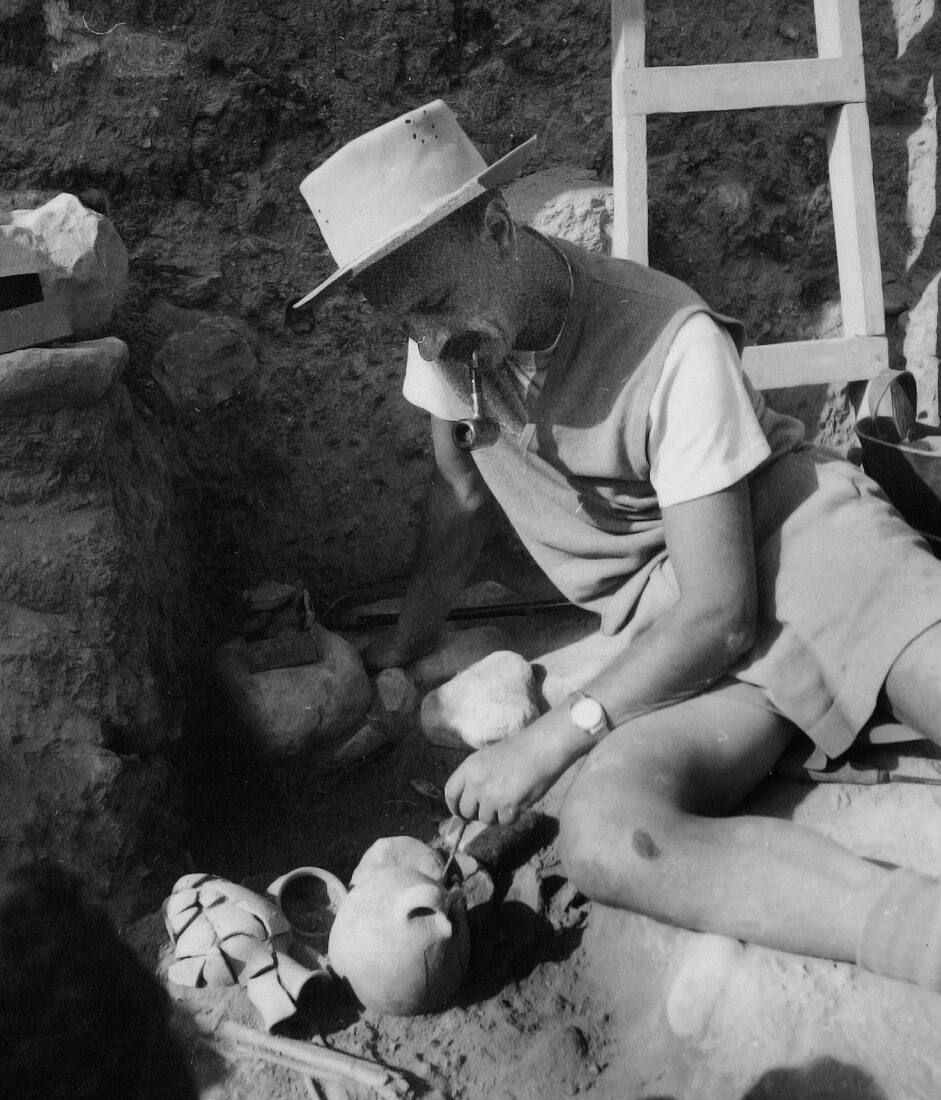
According to Akcay, “The fact that archaeologists like Yigael Yadin, who served in the Israeli army and politics, continue their excavations and remain active is a clear indication of Israel’s strategy. This strategy, which adopted a more professional archaeological methodology after World War II, has always been determined from a political perspective. Following the Six-Day War of 1967, the Israeli Antiquities Authority investigated the Sinai and West Bank regions, attempting to explain the period when the Jewish kingdoms of Israel and Judah were divided. The Six-Day War not only allowed the Israeli forces to capture the region but also created opportunities for Israeli archaeologists to excavate previously unexplored sites.”
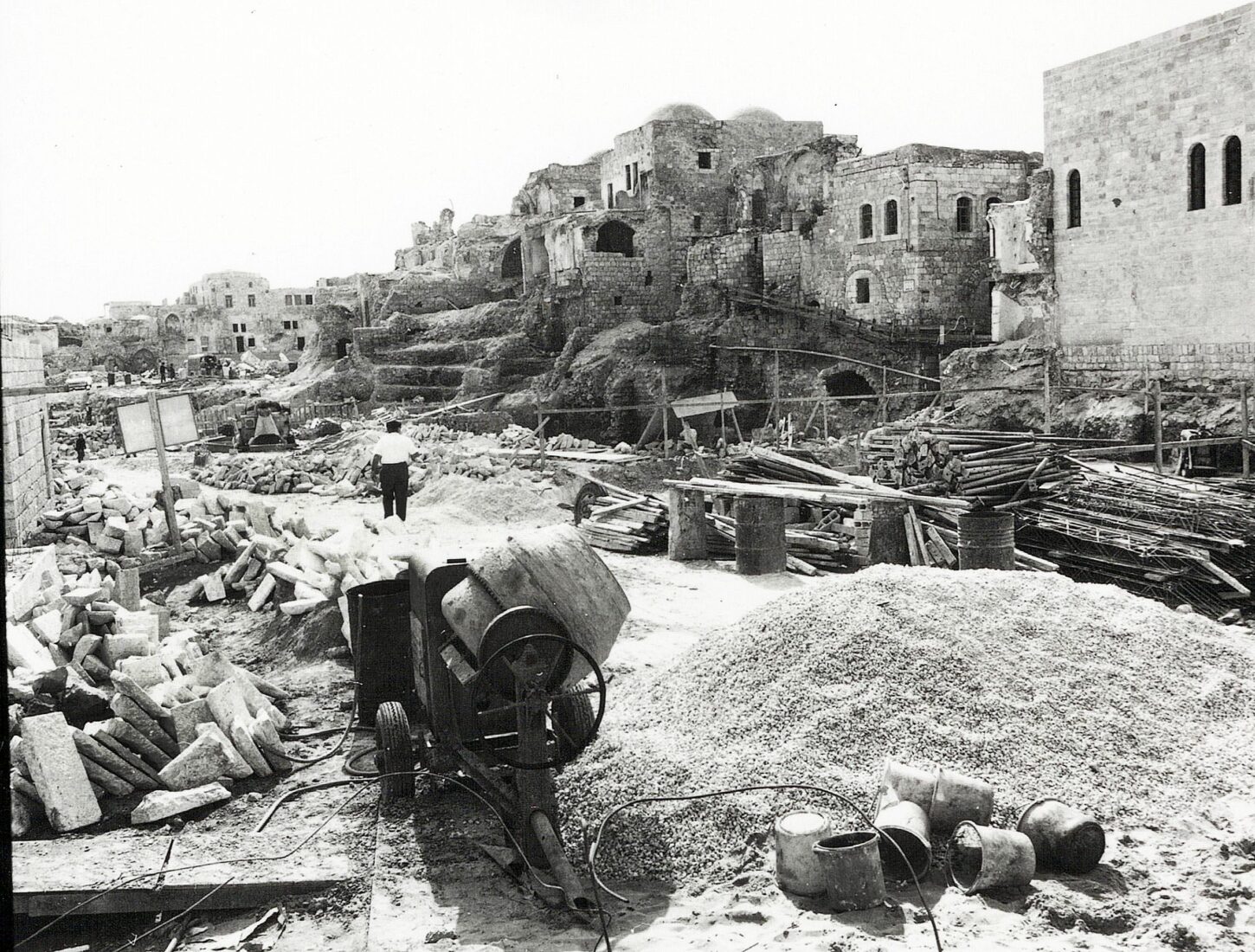
Former Israeli Chief of Staff Moshe Dayan’s statement also summarizes the reasons for archaeological excavations in this region very well:
If we have the Torah in our hands and we consider ourselves the people of the Torah, then it is a necessity for us to own all the lands mentioned in the Torah.
Additionally, within this struggle for presence, the creation of claims that the Arab-Islamic presence in Palestine is a later, non-native existence was one of the obvious targets of the archaeological excavations conducted towards the end of the Ottoman period. These excavations often ignored thousands of historical structures belonging to different Islamic civilizations that had continued uninterrupted in Palestine for centuries.
Englishman Warren, in his book, noted that he wanted Jews who could develop the land, such as artists, craftsmen, and farmers, rather than those who would come to Palestine merely to pray and die. He referred to this strategy as follows:
If the Jews’ presence in Palestine is protected by a great power for twenty years, it will enable them to establish a solid foundation, and later, with the support of their own educational, economic, and political institutions, they will be able to rule the country.
Warren, 362-363

He observed that civil initiatives would more easily overcome bureaucracy in those periods and emphasized that governments should not be involved in such soft power efforts:
During excavation activities, the results and news about these excavations should not be published; because this information reaches Istanbul and creates some difficulties for the excavation, even potentially leading to the suspension of these excavations.
Akcay clarifies Warren’s statement by saying, “The emphasis on conducting archaeological activities in secrecy is proof that archaeology is a tool.”
In conclusion, when interpreted in today’s world, Biblical archaeology might appear as a purely innocent archaeological passion. However, when examining historical processes and names, and interpreting the purposes behind identities, it becomes evident that there was an archaeological intelligence activity and long-term planning during the Ottoman period.
Collecting data on the religious foundations of the State of Israel and opening the region to intelligence activities through archaeological excavations were among the most important objectives of Biblical archaeology. These objectives—considering the contemporary world—can be said to have been achieved.



